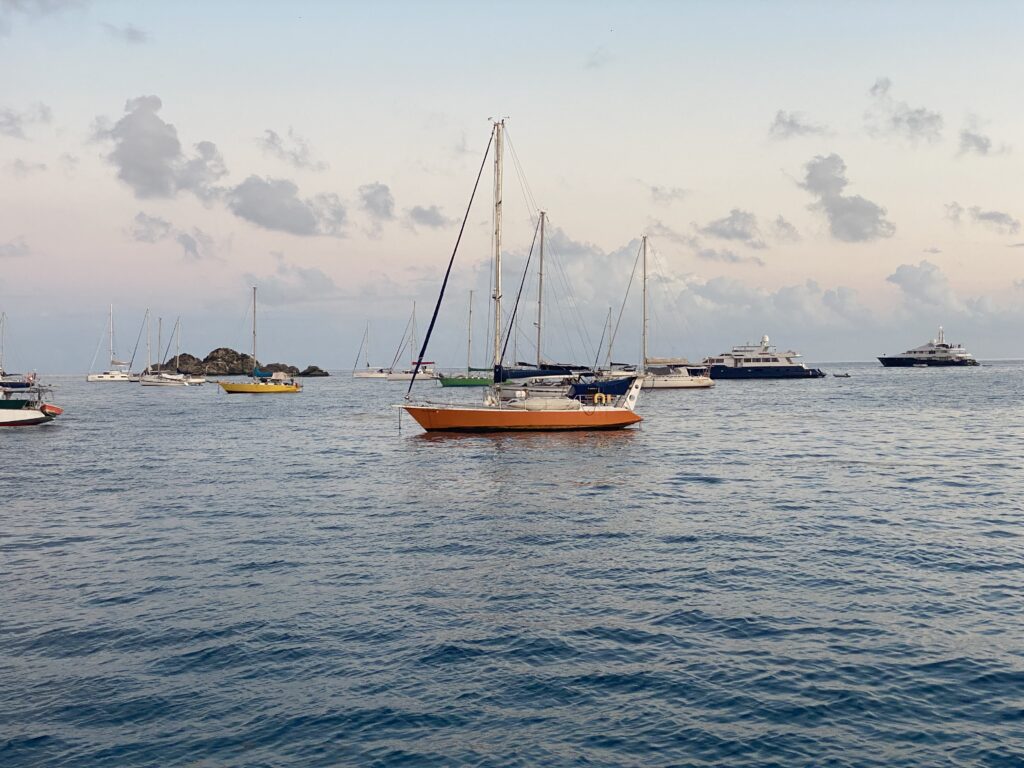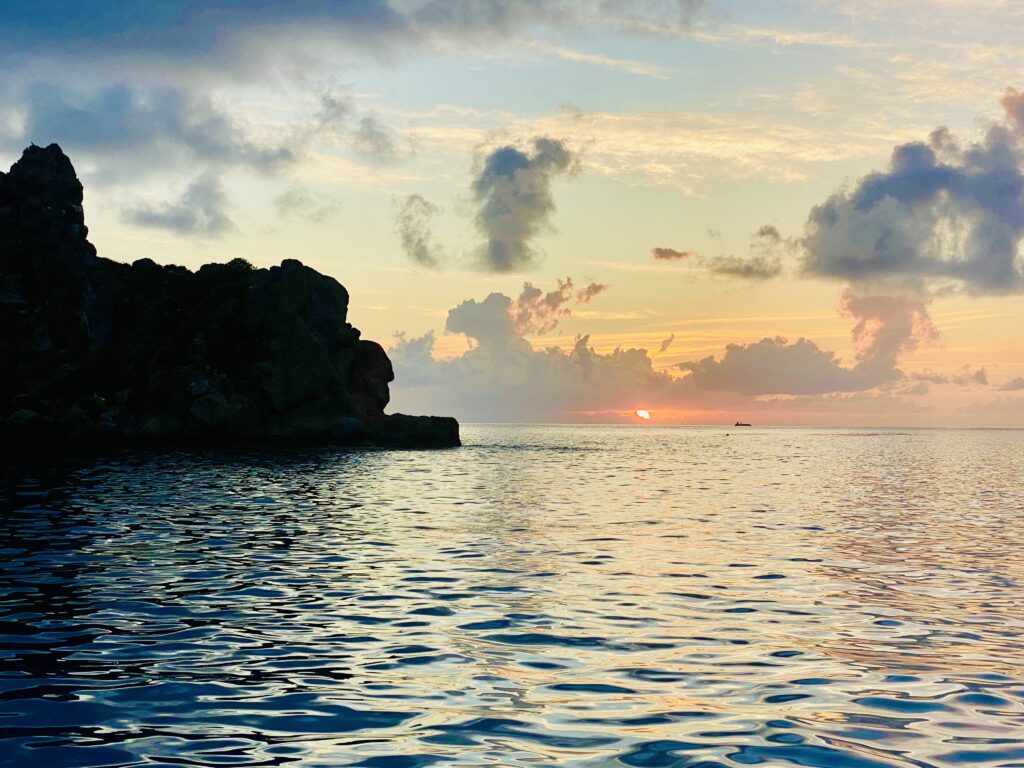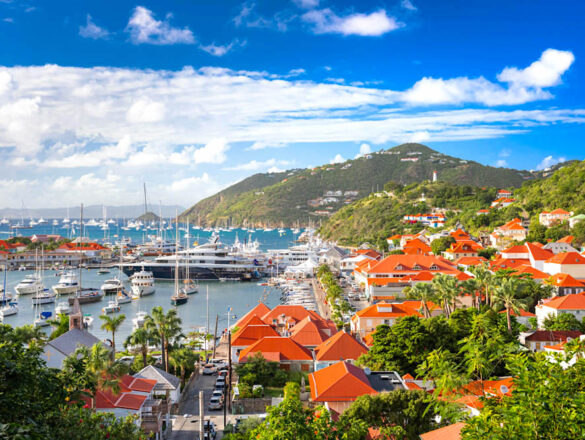We left the little island of île Fourchue on a quiet and still morning with plans to head to Saint Barthélemy (or St. Barts). The trip was less than five nautical miles from île Fourchue, and took us about 45 minutes to get there at 6.5 knots. Unfortunately, we had to motor the whole way because the winds were so light. The seas were in doldrums, but I didn’t mind. It was so peaceful gliding upon the water that it was a welcomed exchange from the rolling seas.
We anchored in the harbor outside of Gustavia, the capital city of St. Barts, and I was in awe pulling into the bay. The waters were a brilliant hue of cyan, with such clarity that I could see the sandy sea floor from 30 feet above. I was literally astounded by the beauty.
We had to lay out 150 feet of chain in order to have enough scope. That’s cutting it close, considering we only have 165-feet of chain total (not including the rode). We determined that 30-35 feet is the maximum depth in which we are comfortable anchoring. That could present a bit of a problem in some bays going down the Eastern Caribbean island chain since many have depths greater than that. We’ll have to do our research to make sure we find anchorages with shallow-enough depths for our needs. I guess a longer chain is now on our wish list.
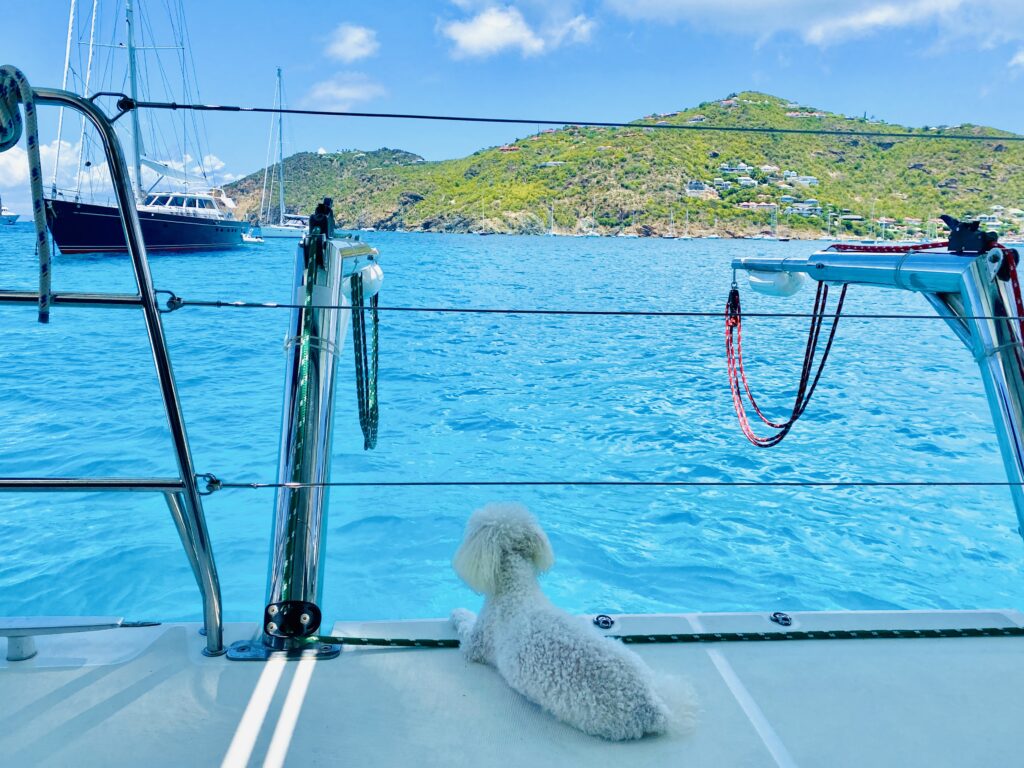
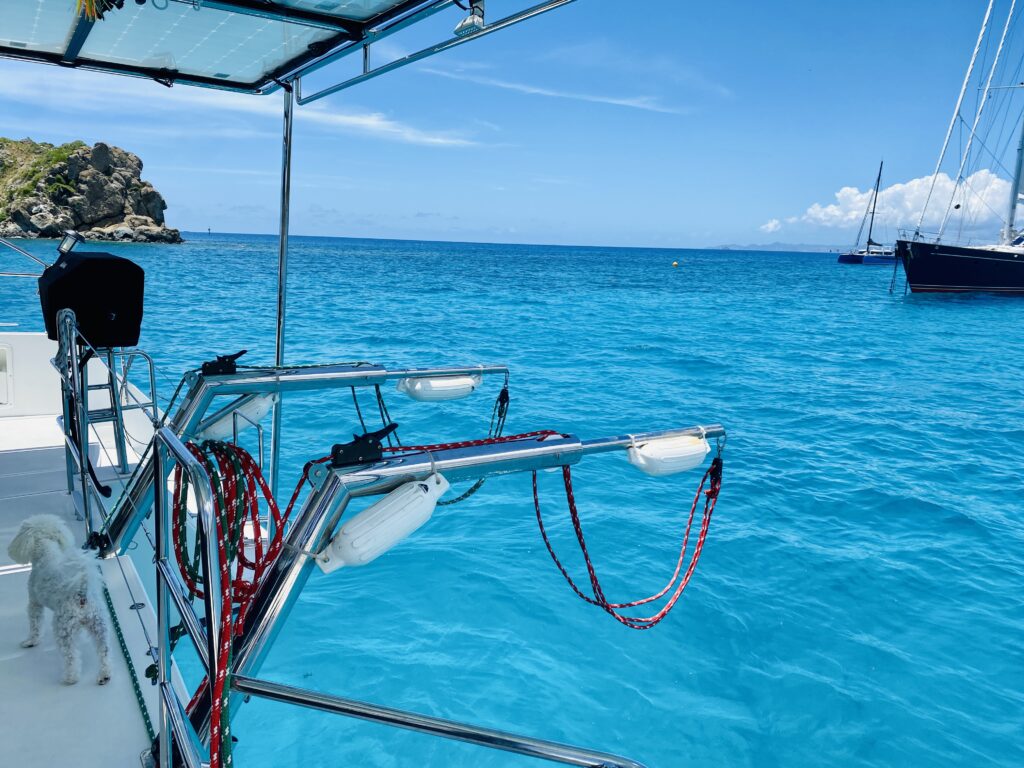
I stayed on the boat while Kory went into town to check-in with customs. Just like St. Martin, it was an easy process. The French islands seem to be so much easier for clearing customs than the British islands. I did learn, however, that even though St. Barts belongs to France, it is part of the French Overseas Collectivity which gives it a semi-autonomous status and a greater degree of independence.
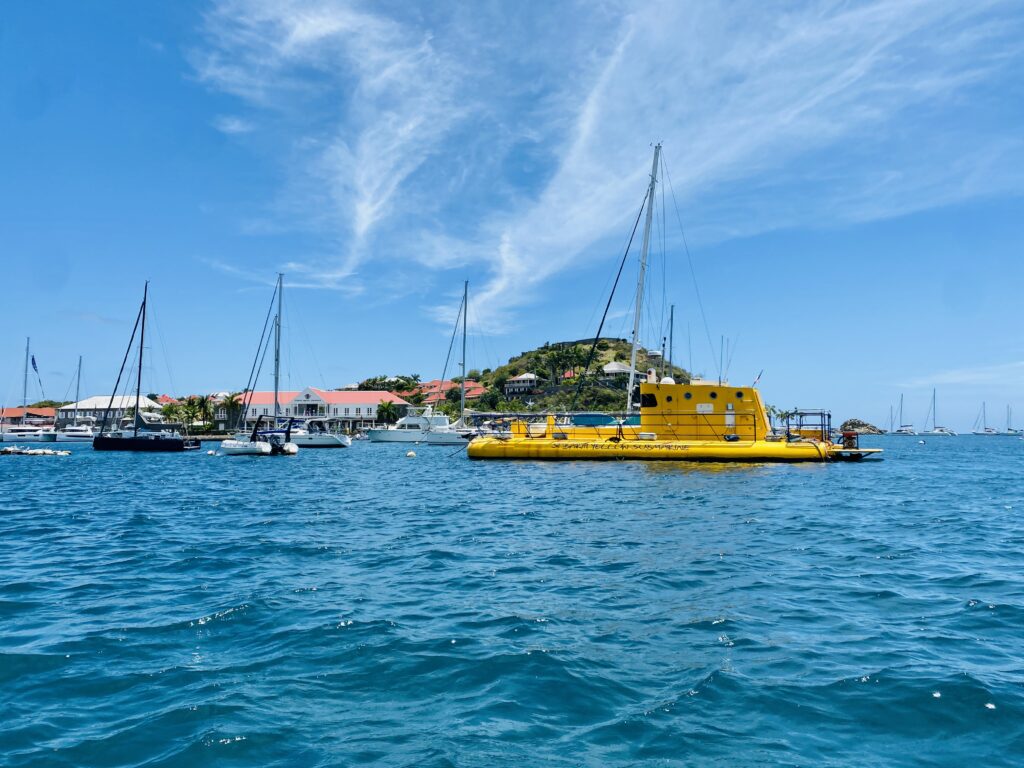

Since we were only going to be in St. Barts for a day and a night, we were eager to head into the marina, tie up at the dinghy dock, and explore the town. From the moment we pulled into the marina, we could tell that this was a lavish and beautiful place. Of interest, history has it that Christopher Columbus sailed past St. Barts in 1493 on his second voyage to the New World, and named the island Saint Barthélemy in honor of his younger brother, Bartolomeo.
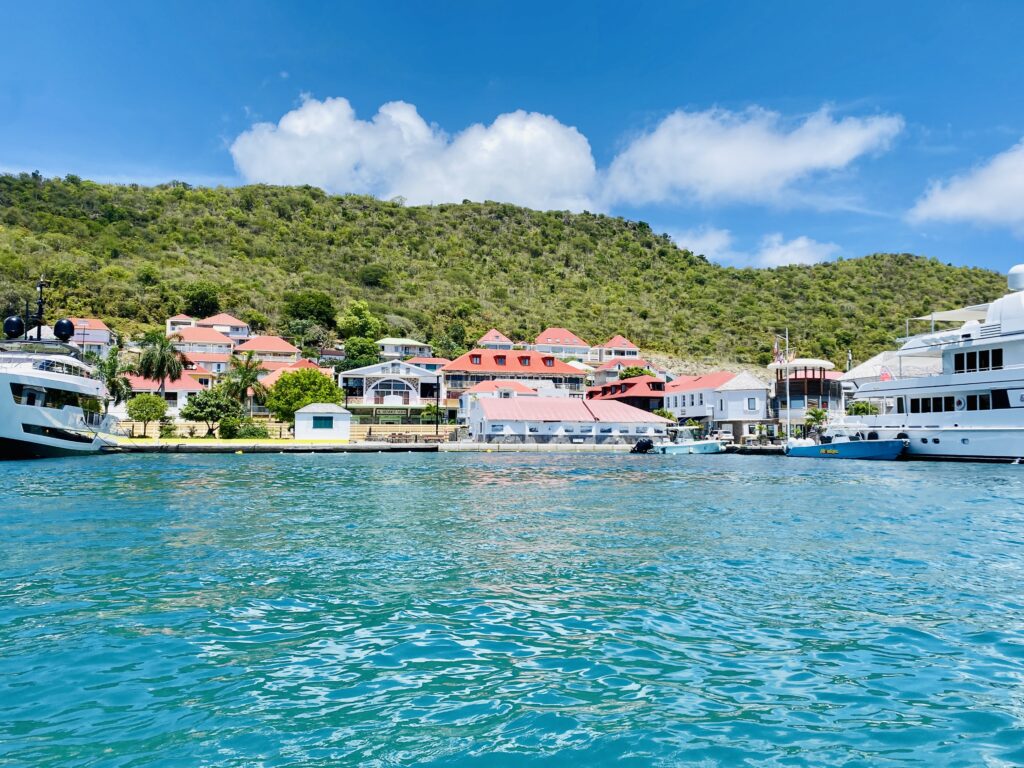
this place is clean and well-maintained
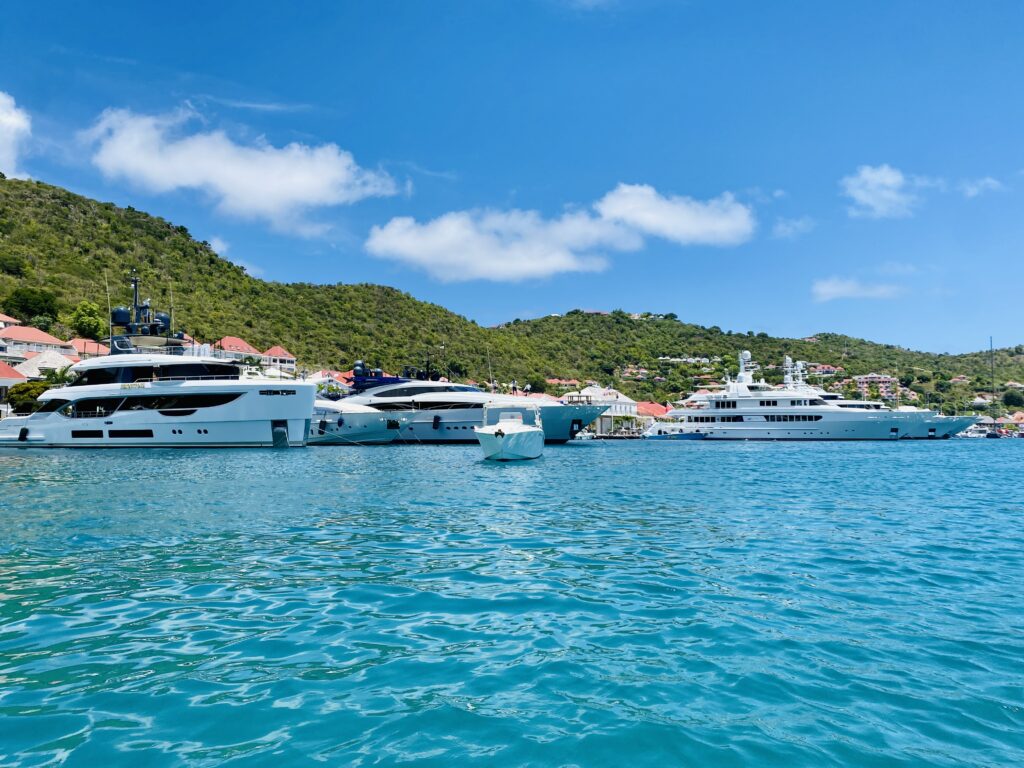


We hear that the island has some magnificent white-sand beaches, but we didn’t have time to enjoy those on this trip. One of the beaches, Shell Beach, is a short walk from downtown Gustavia. It is named for the beach’s sand mixed with millions of tiny seashells. Perhaps we can traverse this beach on a future stop.
We were, however, able to walk around downtown Gustavia and admire this classy, first-rate city. This is definitely an upscale island, with luxury boutiques, fancy jewelry stores, high-end cars, and gourmet dining. The beauty and wealth is reminiscent of the French Riviera, but we didn’t experience any pretentiousness when we were there.

(Seaside Street)
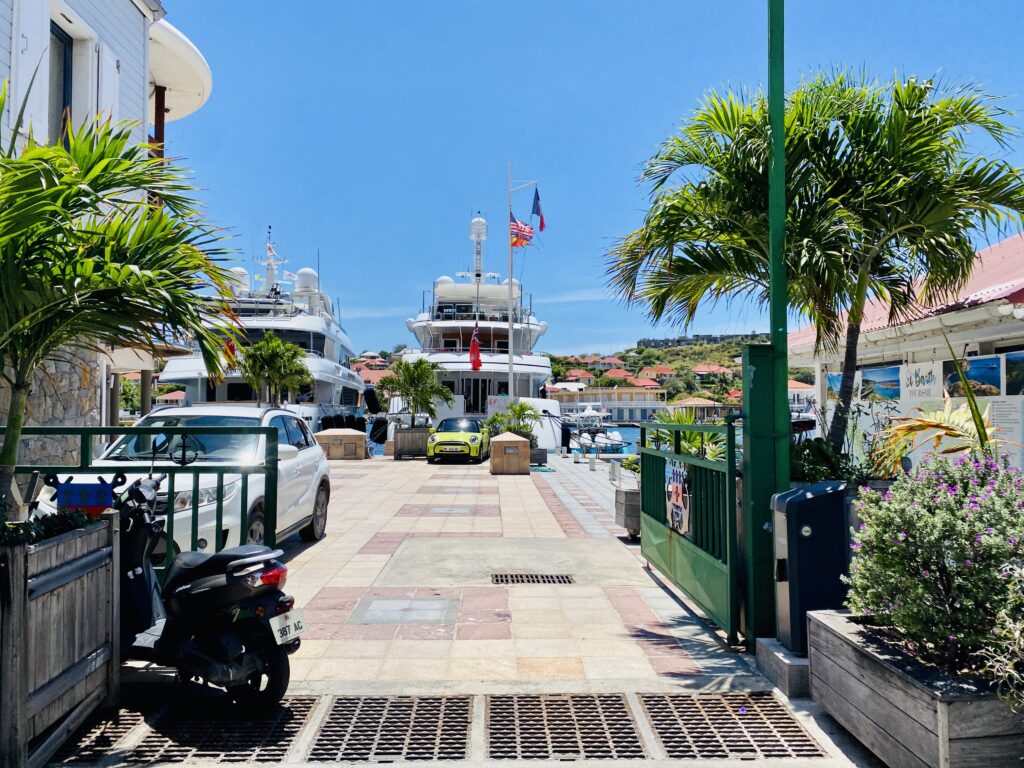
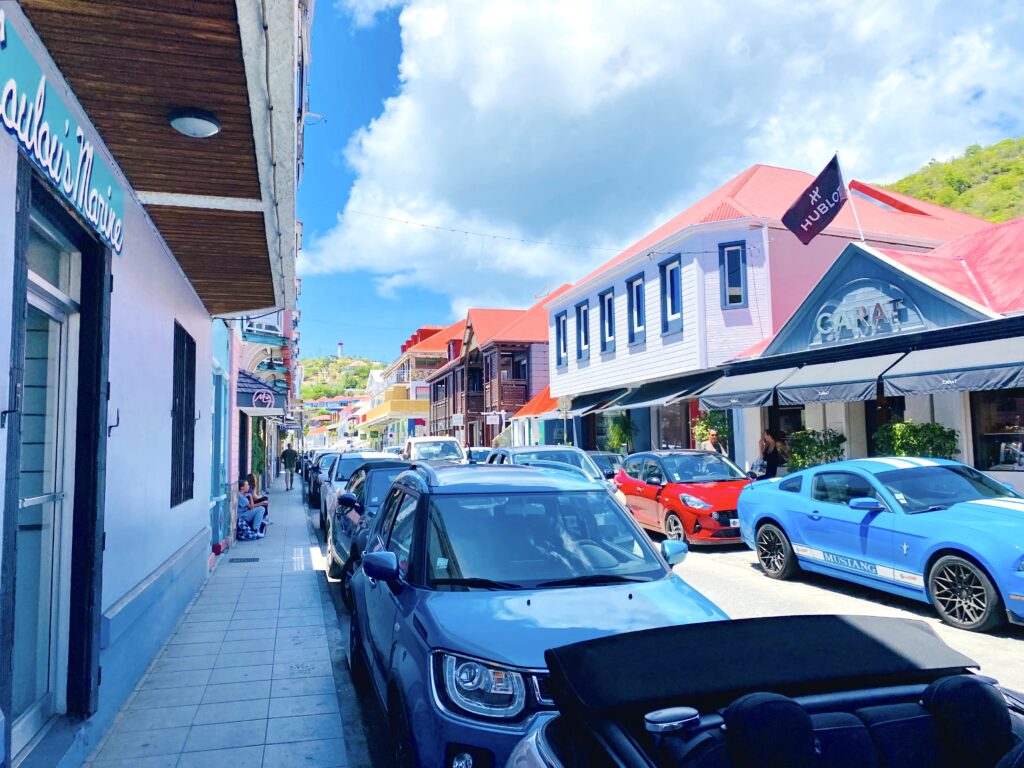
(Republic Street)

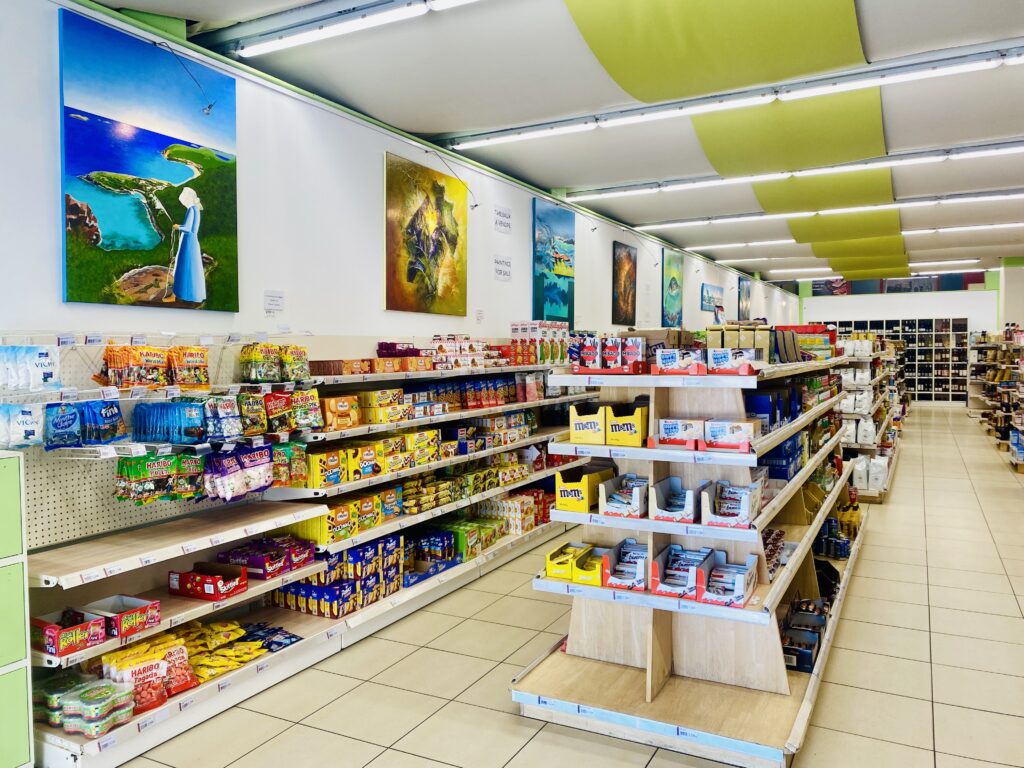


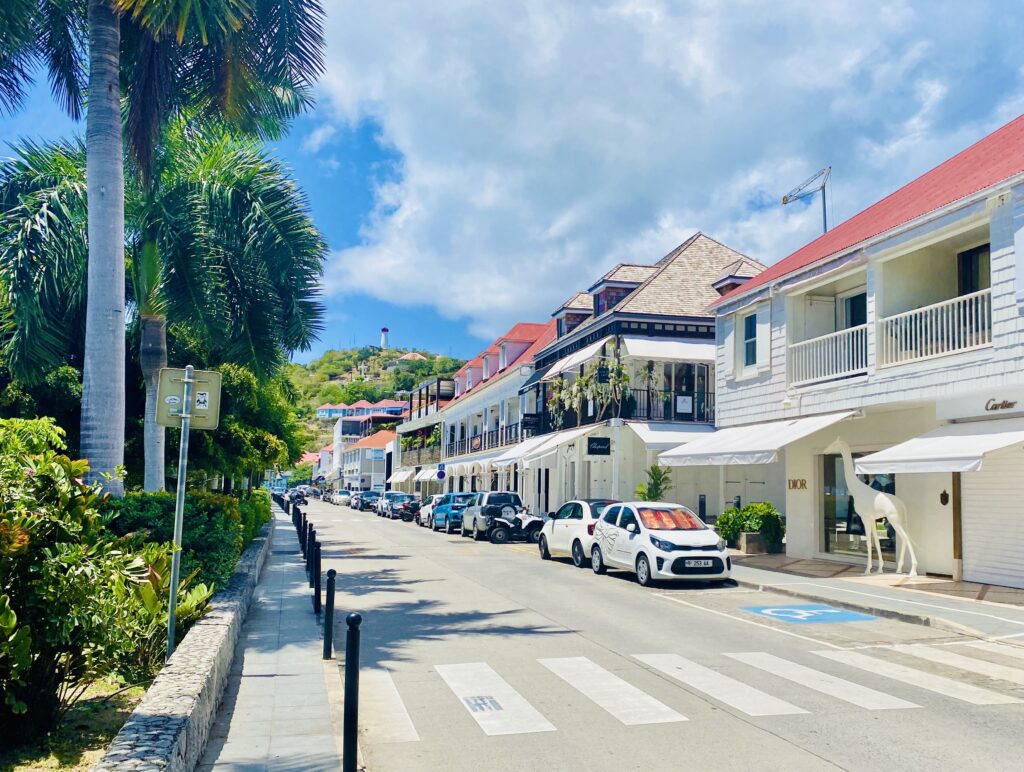
We ate a great lunch at Arawak cafe (Arawak is named after the native Indians who inhabited the island at one time). The open-air bistro was quaint and stylish. We felt like we were part of the lifestyles of the rich and famous as we sat surrounded by expensive stores like Cartier, Hermes, and Ralph Lauren. Our lunch was a little more pricey than we’ve experienced on the other Caribbean islands, but it wasn’t outrageously so. Of interest, the euro is the official currency on this French island, but the dollar is widely accepted as well.
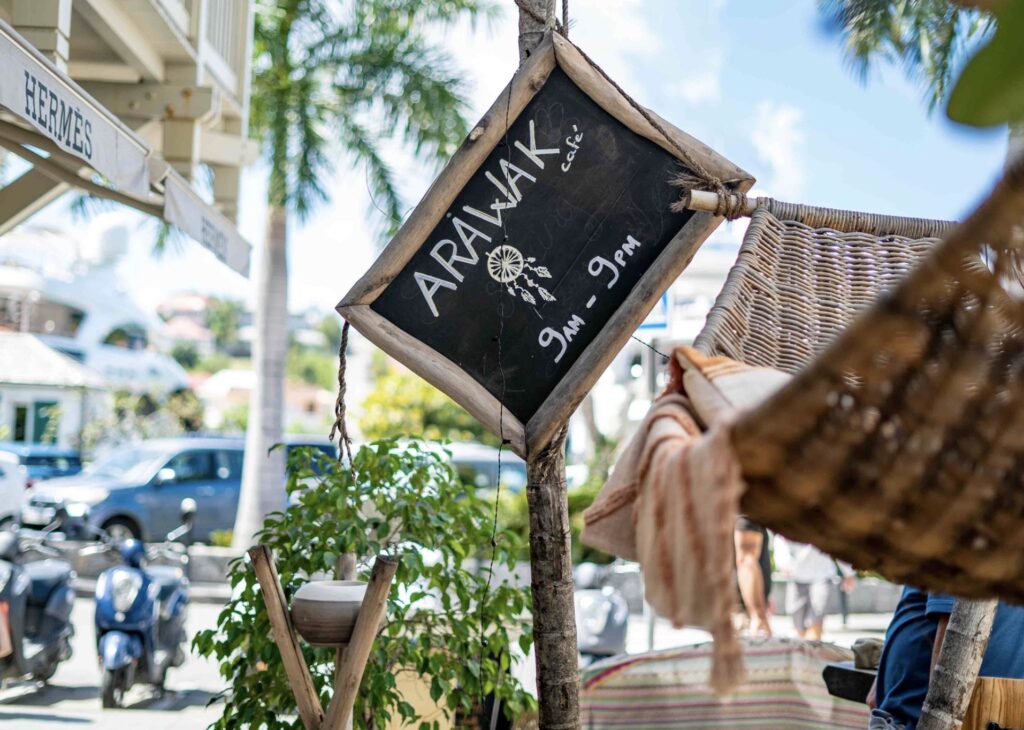
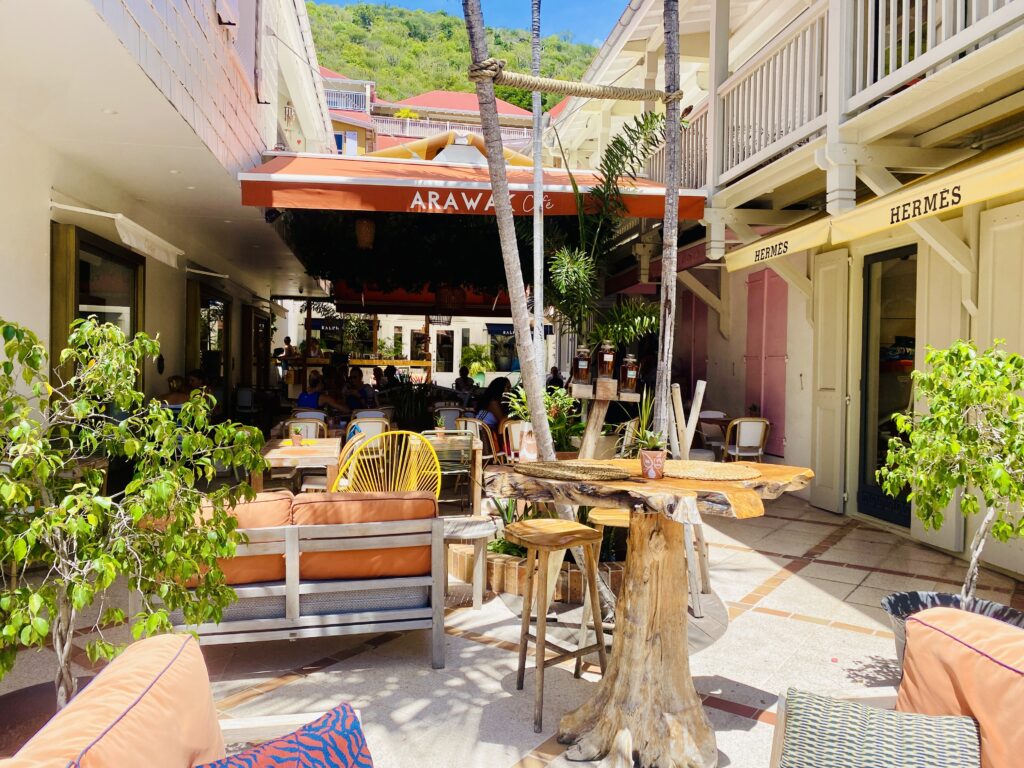
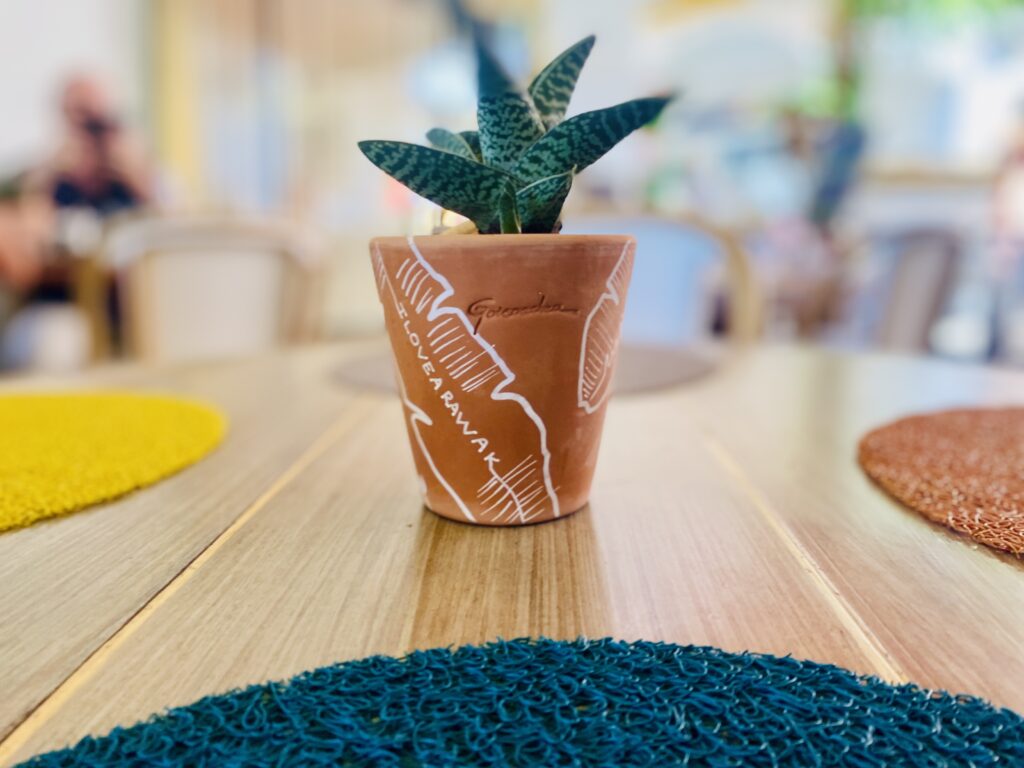
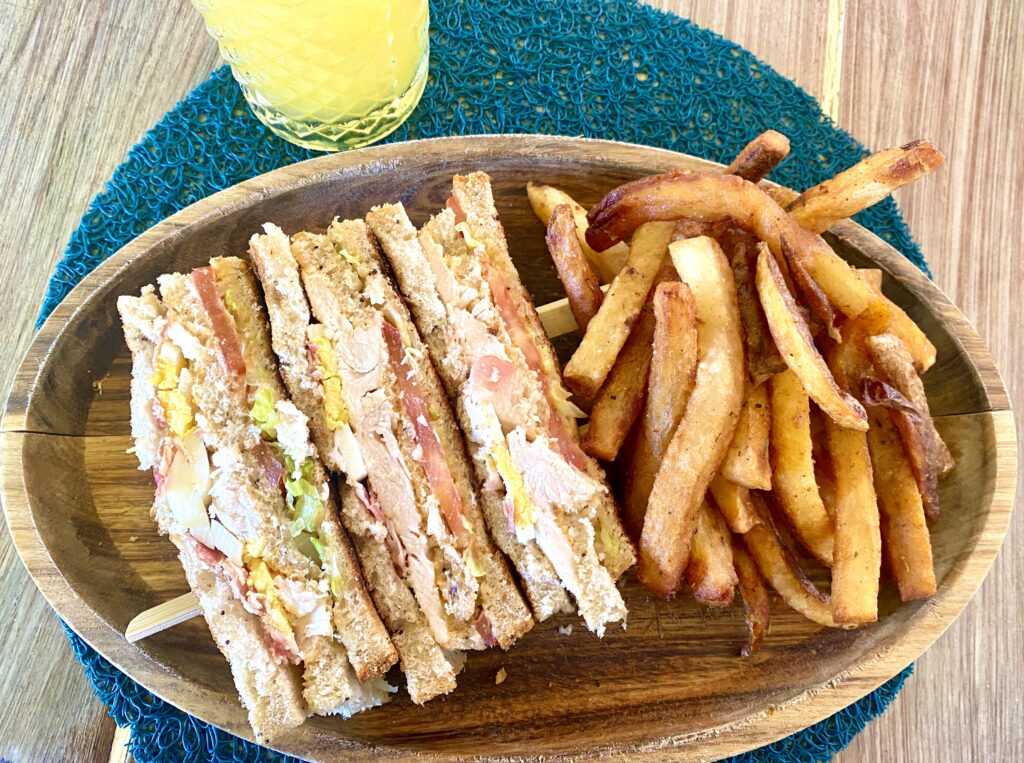
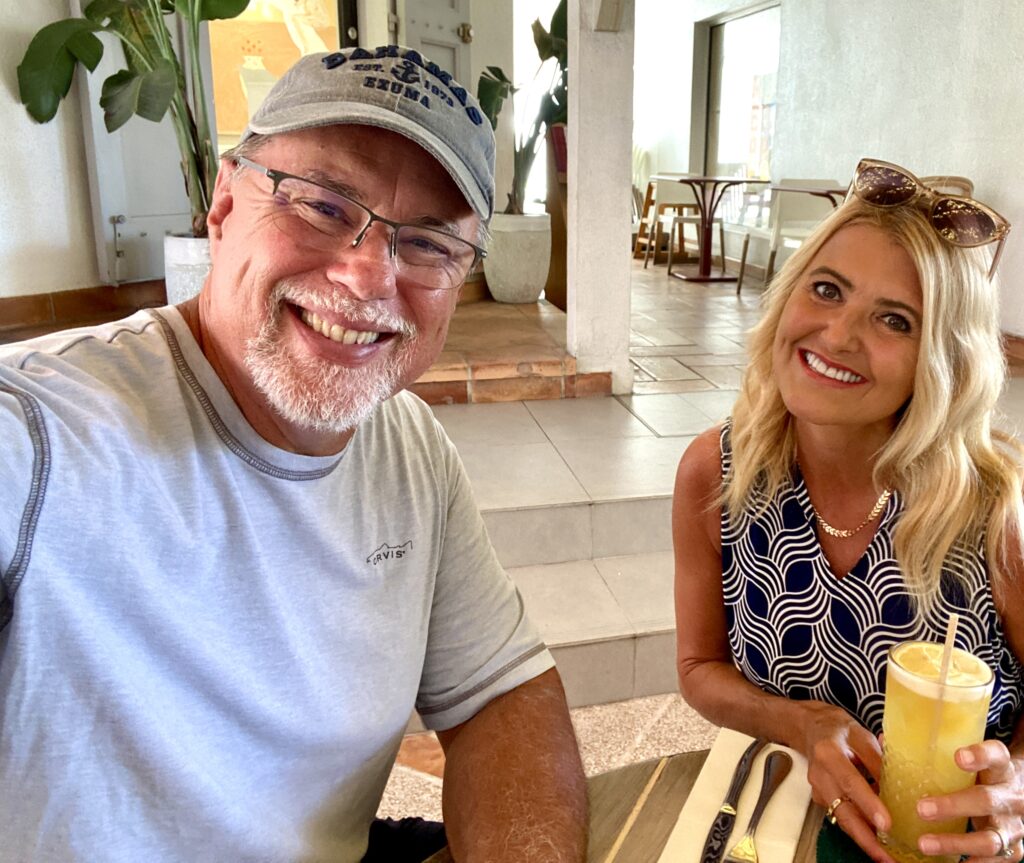
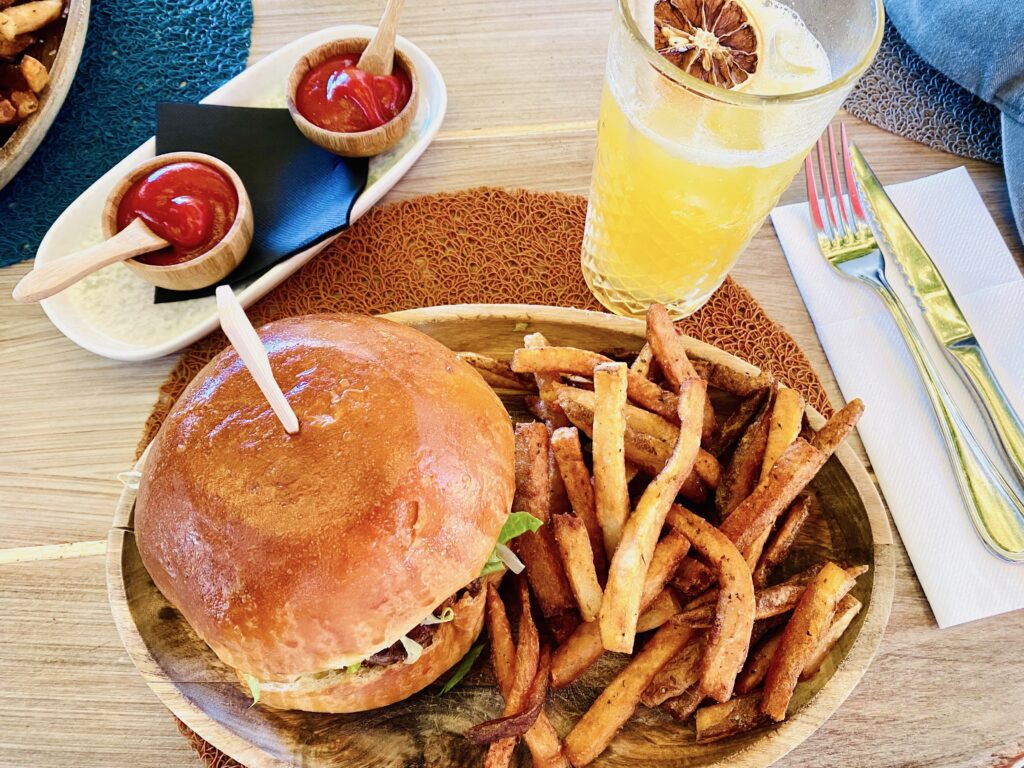
St. Barts doesn’t attract hordes of tourists like some of the other Caribbean islands. That’s because there are no direct flights from the U.S. or Europe, nor any high-rise hotels to accommodate such crowds. In fact, the island’s “palm tree law,” forbids buildings from being any higher than a palm tree, which restricts hotels to just two stores in height. Thus, there are only small hotels and villas on the island, keeping it a very quiet, private, and exclusive place of charm.
It is possible to fly into St. Barts, but it’s not for the faint of heart. Travelers can catch a small plane in nearby St. Martin or Puerto Rico to fly into Gustaf III Airport, but they better buckle their seatbelts and hold on tight. Kory, being a pilot, has seen videos about this airport and the difficulty of landing on this runway. It’s only 2,100 feet long, and pilots have to make a very rapid and steep descent over a hill and main road, then land with precision, hitting the brakes as soon as they touch down so they won’t end up in the water at the end of the runway. This airport is dubbed as one of the most dangerous in the world! I’m glad we came by boat!

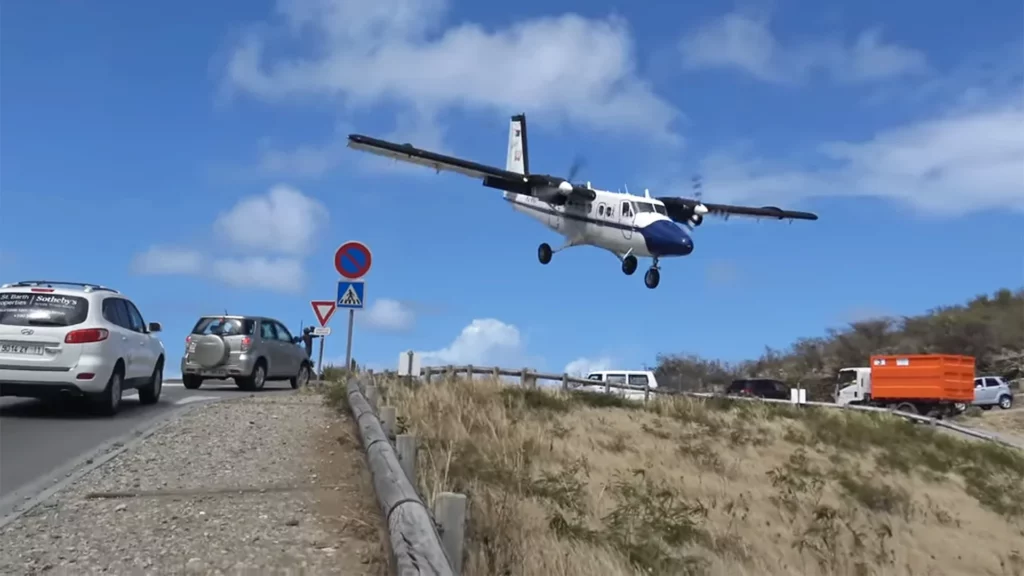


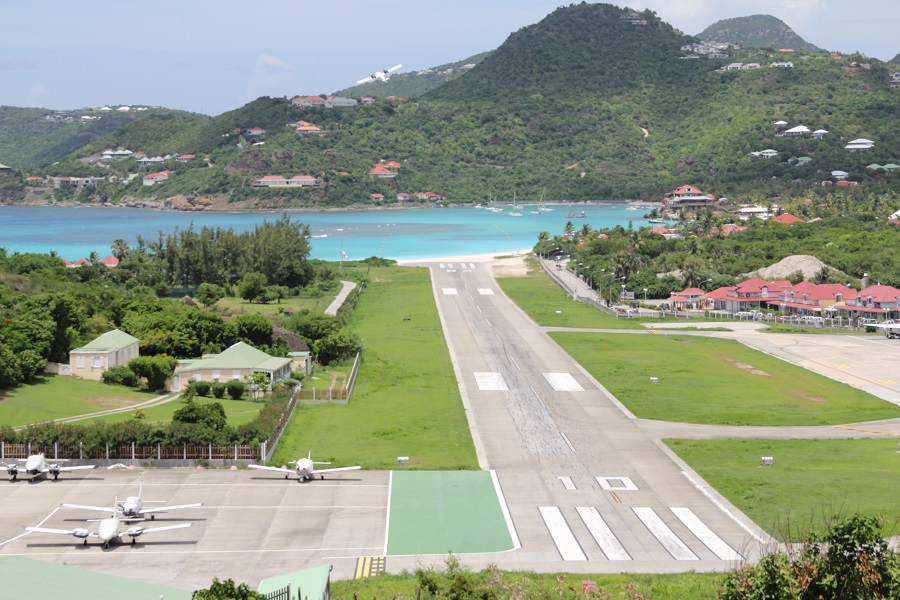
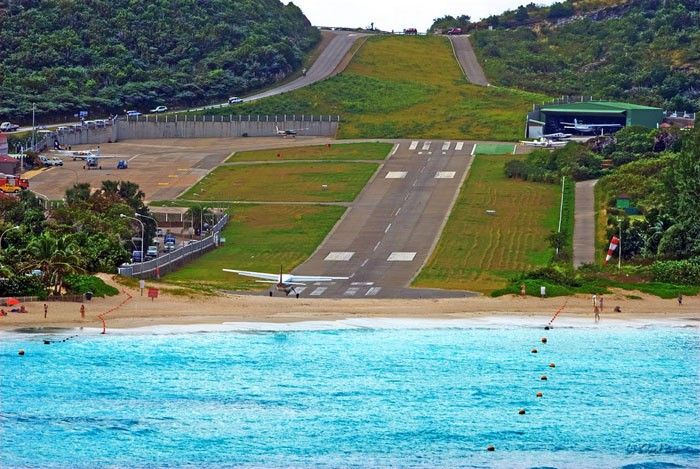
After lunch, we toured the town of Gustavia near the southern end of the marina. We discovered a bit of history and tradition, soaked up the culture, and admired the land.
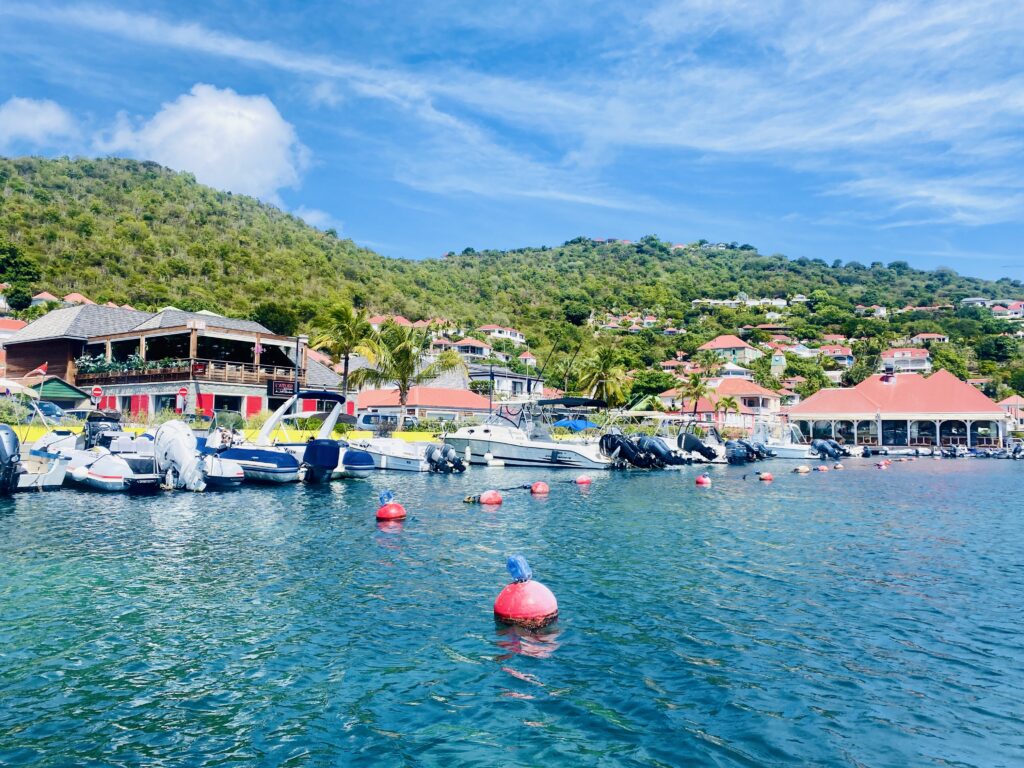
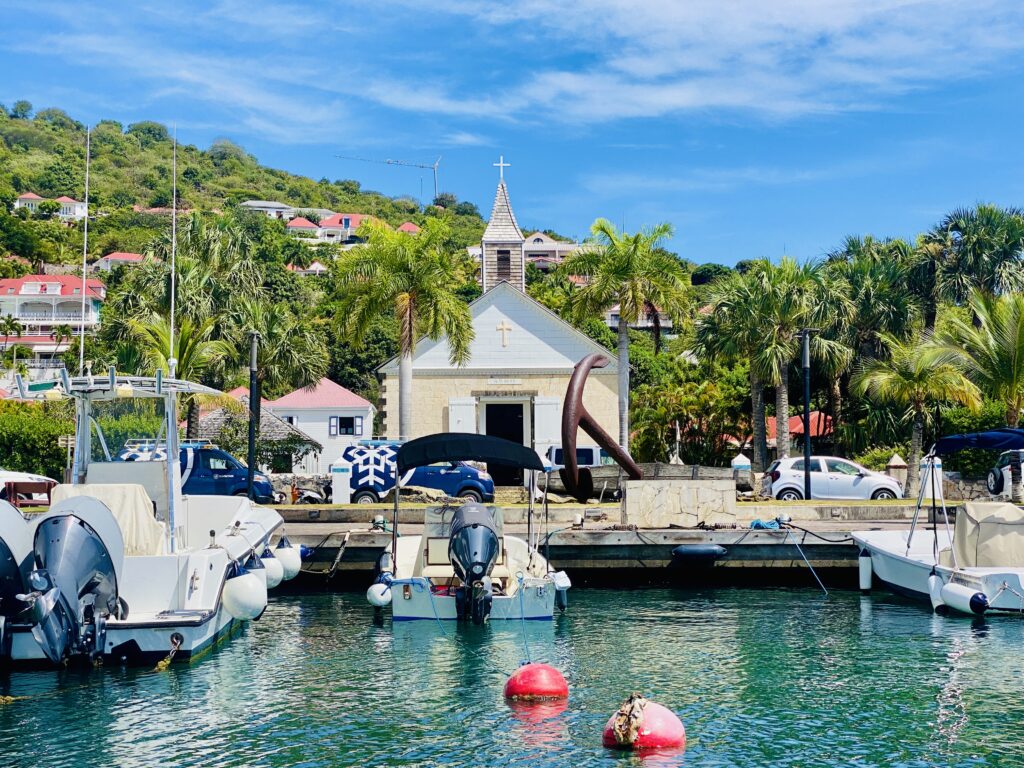
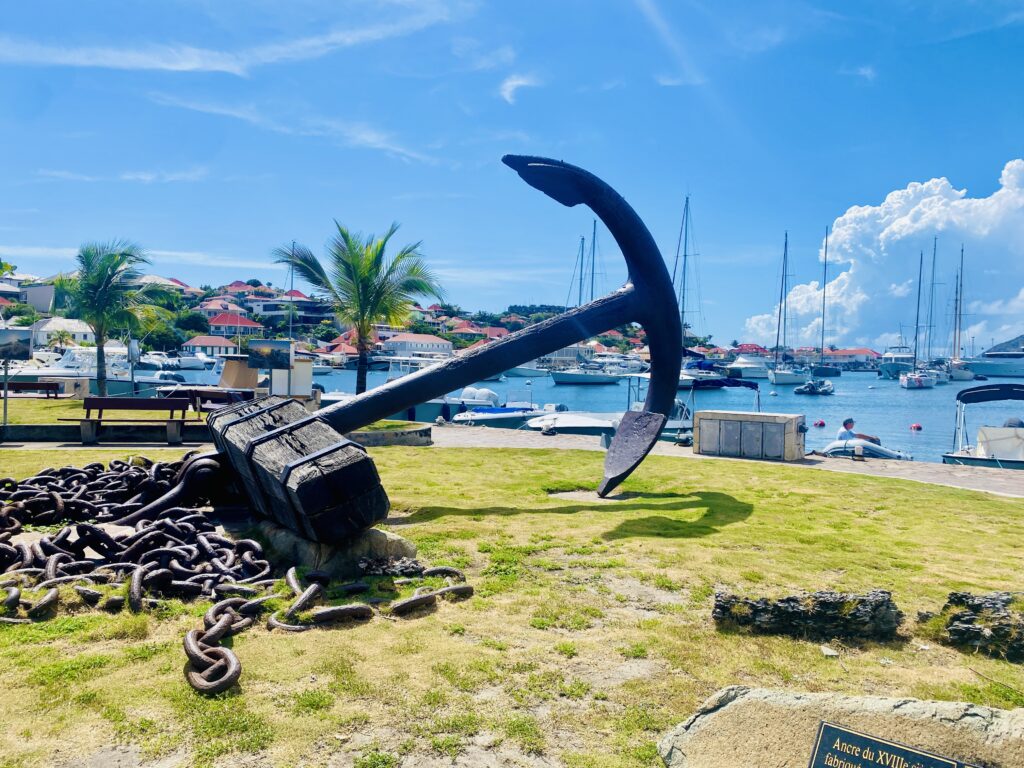


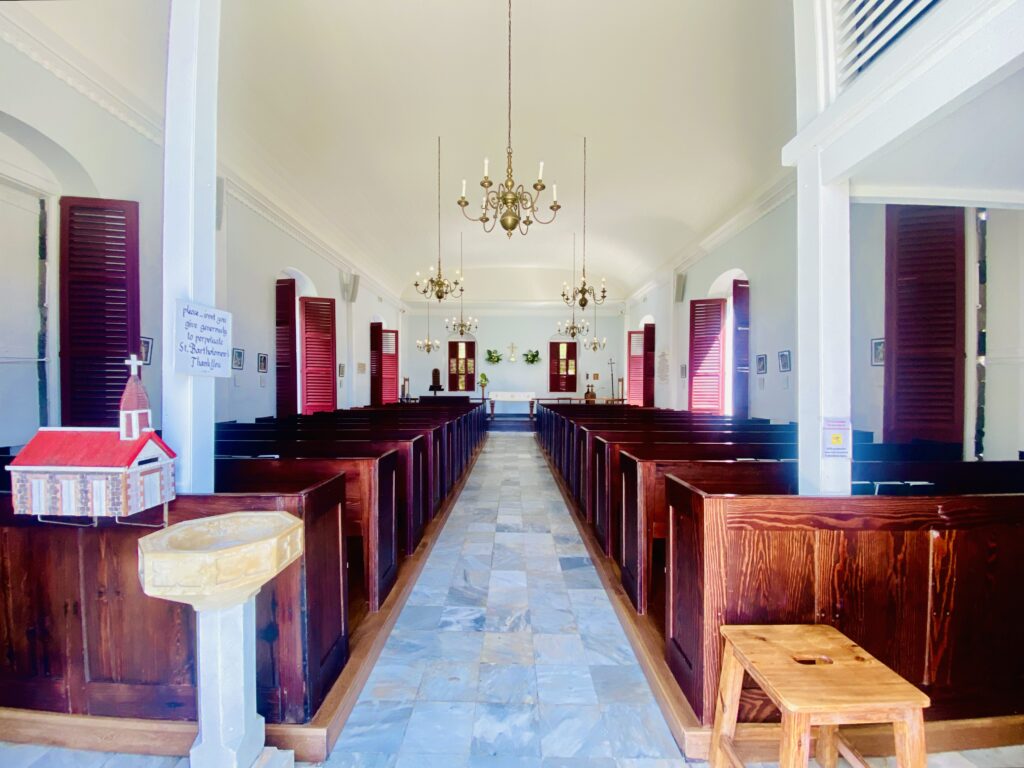
Unfortunately, we only stayed in St. Barts for one day because we had to head to St. Kitts the following morning to take advantage of a good weather window. In hindsight, we would have stayed longer and waited for another opportunity to leave. St. Barts is beautiful and it can be quite affordable if one sticks to the beaches (and not the stores), and buys fresh food from the markets and bakeries (rather than from the trendy restaurants). I could have relished in the beauty of St. Barts for weeks!
